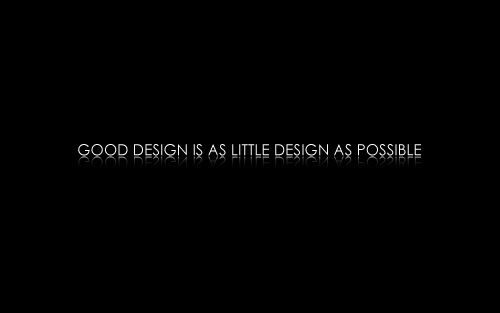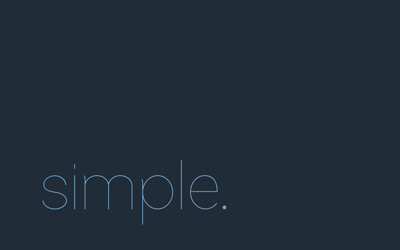The Valley’s preeminent conference for Location-based services, Where (formerly Where 2.0), was on again at the start of April in San Francisco. The usual suspects were in attendance, with the likes of Google, ESRI, MapQuest and Foursquare holding prominent positions on the exhibition floor and presenting several keynotes. I was there of course with Nokia Location & Commerce, representing our Where Platform and location applications portfolio and our flagship product Nokia Maps.
Many of the themes of the presentations were covering similar material, I noticed a few main themes coming out of the presentations in general.
Open Street Maps and other alternatives to Google Maps
A common discussion was around the alternatives to the Google Maps API as a location platform for online and mobile applications. There has been lots of talk recently about Google’s decision to charge services for extensive usage of the location API, and many organisations are searching for an alternative. Open Street Maps, although not present at the conference themselves, were talked of often as “the” alternative to Google Maps. Although many other paid and free alternatives exist, including Nokia’s Nokia Maps API, OSM seemed to be by far the most talked about.
Custom Maps and open map data
A trend is emerging around creating custom maps. Products like Mapbox are providing products that let you literally build your own map. Using Open Street Maps data, Mapbox lets you design/customise everything about the map design: labels, colours, catographic elements, zoom levels and everything else. They then not only provide the completed map, but even make it into tiles and host them.
The takeaway is that there is a trend emerging whereby people and organisations are placing much more value on the map design itself in terms of building or customising a product or service. Even as we see visual developments in the map design and style of the major map platform providers (like the recent visual updates on the Nokia Maps map style), we’ll see in the future countless different map styles and designs; customised both for differentiated visual appeal and also for the product or service’s specific use case.
Layers are dead
After the very first Google Maps “mash-up” emerged location-based services focused heavily on placing data on a map. Whatever data you had, if it had a location, you could suddenly turn it into a layer on a map. Most experiences visualised all the location data as “pins” on the map layer. Other visual techniques emerged such as heatmaps or clusters, but essentially it was just like it’s real-world equivalent: a collection of pins on a map.
What is becoming clear now is that just a layer of data on a map is neither new nor innovative. Innovative location services will not just focus on collecting location-based objects, but will focus on utilising location as an object attribute to create smart and meaningful connections between these objects, and to use them to create compelling experiences. Further, when it comes to mobile, it is no longer enough to use the user’s current position to put the user in the middle of that layer of data that you’ve put on the map. Experiences need to use the current position to further contextualise a hyper-relevant experience based on the user’s location, friends, history and profile.
“Engineering Serendipity”
Serendipity has been the perennial favourite buzzword in the valley since the start of the Foursquare/checkin era. This year the talk was around how to use the wealth of location-aware activity data streams available via services such as Foursquare or Facebook Places to create meaningful online or mobile experiences that enhance real-world experiences. One such service, Meet Gatsby, is using Foursquare checkins to introduce people to each other who are nearby each other and share common connections or interests.
Everyone seemed vaguely aware of the obvious paradox in “engineering” serendipity: the deliberate, conscious attempt to spark or even force spontaneous events…
Like a local
Everyone wants to feel like they’re a “true local”. That’s a promise we’ve been trying to fulfill with Nokia Maps for over three years. Now, the trend has hit the mainstream more than ever with tons of startups focussing on building experiences that combine user’s local knowledge with their location, profile and social graph to provide local place recommendations, directions and stories.
These services will build on the successes of products like foodspotting and Yelp to harness the power of the crowd to collect stories, photos and moments that allow people to see the world around them through the eyes of the locals. Review services like Qype, Yelp and so on have of course been around for ages… new services will combine reviews and photos with social connections and user profiles to provide better recommendations of places and things to do. We also see other services coming up that don’t focus specifically on place discovery: services like Lumatic, which focuses on providing contextual, natural pedestrian directions using photos, landmarks and stories as the essential wayfinding descriptions.
As mentioned above, the success of these products will be based on much more than building a huge database of content: content itself will not be enough. Successful services will augment various content types with social, location and activity information to provide more meaningful, immersive and contextual experiences.
Big Data
As the available public and private datasets become ever-larger, crunching the data to find the meaning and connections is key. As such, a big focus has been on dealing with large datasets. Specifically, Hadoop and Pig were talked about a lot.






